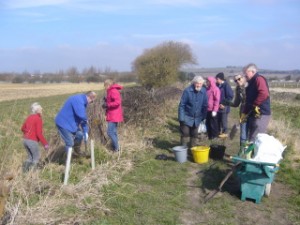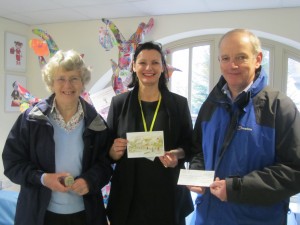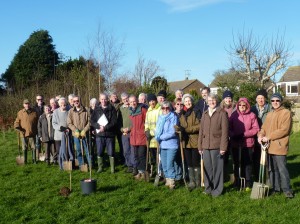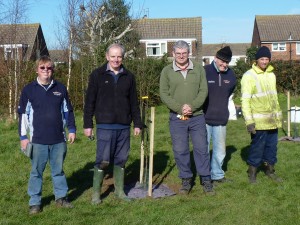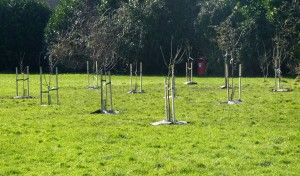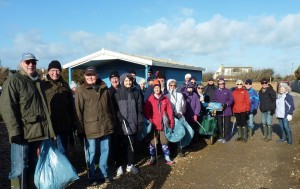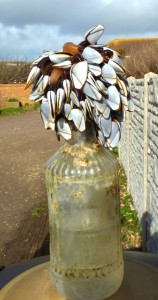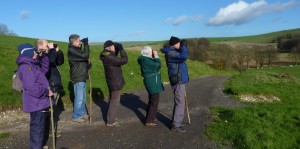A party of Ferring Conservation Group members met up in Church Lane, Pagham in bright sunshine for a birdwatching visit led by Group member and bird expert, Clive Hope. The party made their way round to the North Wall of Pagham Harbour taking in all the birds en route, which started with a very obliging Curlew seen just a short distance away in a field.
In the harbour itself, two Great Crested Grebes were then seen, followed by views of amongst many others, the following – Little Grebe, Cormorant, about 8 Little Egrets, Grey Heron sitting on a nest in a heronry with at least one young visible, 4 Mute Swans seen taking off from the water (a spectacular sight and sound), Sparrowhawk, Buzzard (with some display activity noted), Kestrel, Grey Plover (about 50 in the harbour), Black-tailed Godwit (about 70 in the harbour and 30 roosting at a pool), about 40 more Curlew in a field, Redshank, many Gulls including 3 Mediterranean Gulls, Green Woodpecker, Cetti’s Warbler, Blackcap, Chiffchaff, Willow Warbler, Linnet, Reed Bunting, 3 Swallows and a couple of House Martins just arriving in the country after migration.
After lunch taken in a cafe in the village, the group moved round to the Sidlesham Ferry Information Centre car-park and walked the circuit, taking in views of the Ferry Pool and embankment of the Harbour, just making it back to our cars as a sharp downfall of rain came through. Here, there were some good views of amongst others, a number of Avocets
A total of some 51 species was either seen or heard by at least one member of the group, which was an amazing total in just a few hours of bird watching and just shows what a great place Pagham Harbour is for anybody to visit to view our wildlife. It comes thoroughly recommended, and the Group hope to visit again soon.

